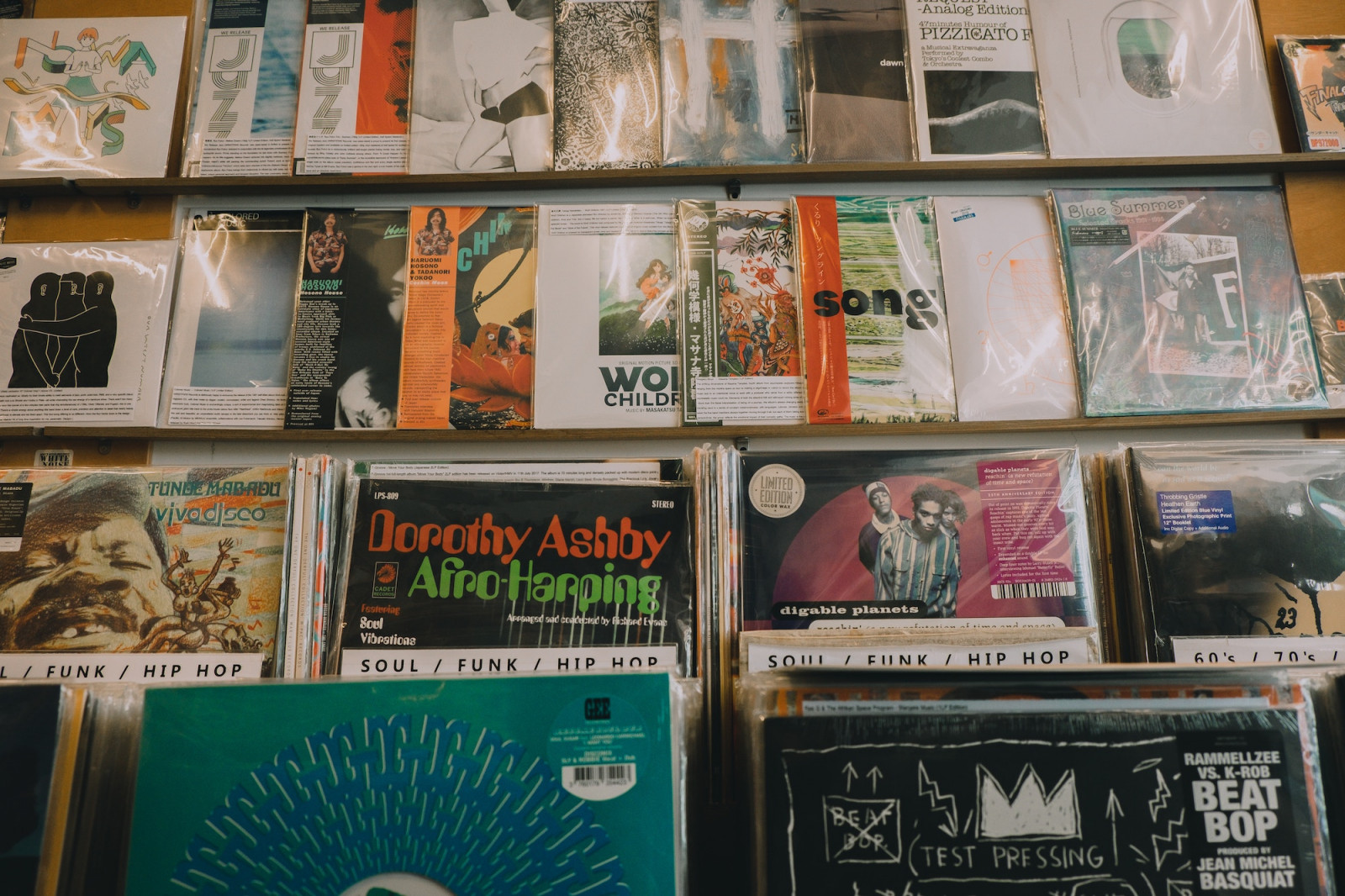Superfans may not be super enough


There has been a lot of talk recently of music superfans and how they may be the shining light of the industry’s future. Little surprise, given how record labels are trying to establish superfans as the next growth driver for an investor community that is growing increasingly concerned about slowing streaming growth and looming threats, such as AI. There is no doubt that superfans are crucial – they always have been. The problem is that they may not be as valuable in the future as they once were. And the reasons for that lie in the very same streaming economy that the industry is trying to build beyond.
A brief history of superfans
In the early days of the modern music business, music fans were the superfans. The means of demonstrating that fandom was buying the records and, if you were really lucky, seeing the band. A small portion were also members of (usually fan-run) fan clubs. Throughout the '70s, '80s and '90s, the music business further professionalised and productised. The live business emerged as a revenue generator in its own right (rather than the loss-leader for selling albums that it had largely been). Merchandise became widely deployed. Fanclubs became more serious.
Yet, music sales were still the main fandom game in town. The CD era catalysed music buying at scale and the heyday of the album era. Superfans would buy multiple albums every month (leading to the rise of the ‘50 quid bloke’). Superfans were album fans. Superfans were album buyers. And there was no ceiling on how much they could spend.
Then along came Napster, turning the world upside down. Music sales started to plummet and the album began its long, steady demise, as consumers dissected albums, first on Napster, then iTunes, and then YouTube and Spotify.
Featured Report
India market focus A fandom and AI-forward online population
Online Indian consumers are expected to be early movers. They are high entertainment consumers, AI enthusiasts, and high spenders – especially on fandom. This report explores a population that is an early adopter, format-agnostic, mobile-first audience, with huge growth potential.
Find out more…When everyone is super….
When Spotify came to market, the recorded music industry was in crisis, with revenues in freefall. People just were not buying albums anymore. 50 quid bloke had become an endangered species. Recorded music’s loss was live’s gain. As music sales fell, live revenues grew, almost in mirror opposite curves. Live became the place superfans began to shift their spend, with merch sales growing in live’s wake.
So, when Spotify came along with the promise of getting people back into the habit of spending on recorded music again, it was eagerly welcomed. Perhaps not immediately, as much of the label community needed convincing, but that speed bump was cleared when labels started to see consumers commit, at scale, to monthly spend. With more people spending more frequently, revenue growth returned. The problem was that those people who used to buy multiple albums every month, now only spent the cost of less than one album to get all the music they could ever want.
Streaming placed a cap on superfan spend. As the years passed, newer, younger music fans came into the market who had never spent large chunks of their disposable income on buying albums. The average, semi-casual fan was now spending the same as superfans. And to quote Syndrome from the Incredibles “When everyone’s super, no one’s super”.
Nurture fandom, don’t just harvest it
Over recent years, the industry has started to nudge people towards becoming superfans again, or at least spending like them. Whether that be indie fans on Bandcamp, or Swifties being convinced to ‘help Taylor’ by buying yet another re-recorded album. The problem is that this behaviour is at the fringes of consumer behaviour. We have had 15 years (i.e., almost a generation’s worth of time) of educating consumers that music does not need to cost more than $9.99....ok....$10.99. Superfans have been un-supered.
None of this is to say that there is not a massive superfan opportunity to be had, but it will take work. Much of the latent superfan spend has dissipated due to fading habits and the wallet share shift to live. Consumers will need re-educating, re-familiarising. But there is more to it than that. When consumers spend money on a live concert, they get a unique, in the moment experience. When they used to buy five albums a month, they got hours of new music that they would not have had otherwise. Buying a special edition of an album is simply another version of something that fans already have on streaming.
So, to Make Fans Super Again™, there has to be a genuine value exchange. Fans need new things to persuade them to spend, new things that actually build and deepen their fandom rather than simply a new opportunity to fleece them for another dollar.

The discussion around this post has not yet got started, be the first to add an opinion.